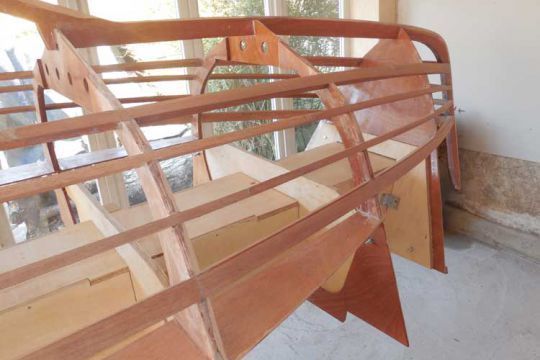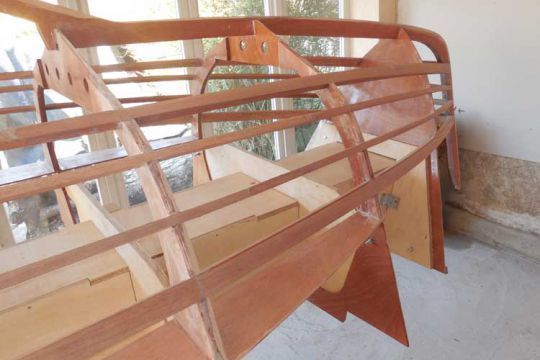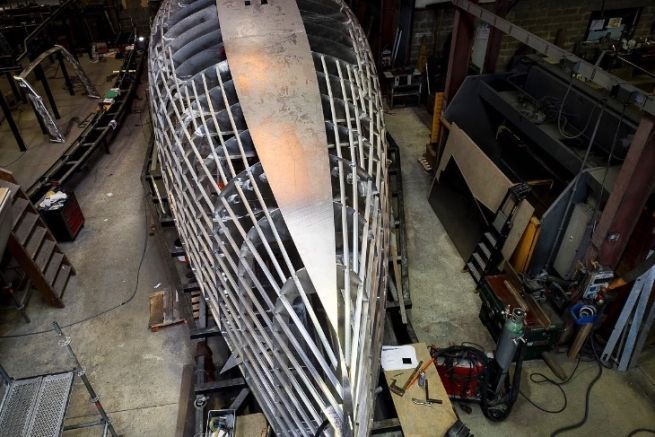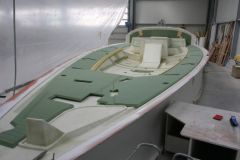When we think of wood, we obviously think of old rigs and other traditional pleasure craft. Wood is the original shipbuilding material, just like the canoes that were built directly from a tree trunk. Wooden constructions compared to polyester constructions are quite resistant and require little maintenance (when wood is combined with resin). Finally, there is no risk of osmosis.
Classic or clapboard wood
The traditional wooden construction method consists of building your entire boat out of wood, using planks of different sizes. They are either assembled next to each other (freeboard planking) or slightly superimposed (as in the case of drakkars), in which case it is a clapboard construction.
This construction method is still used in particular for amateur constructions.
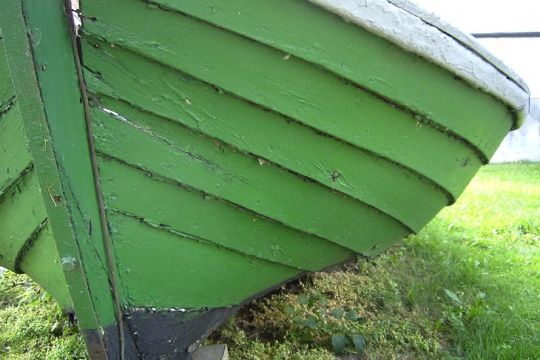
Plywood
This technique was developed in the 1960s, used by the architects of the time for the construction of well-known series: Muscadet, Corsaire, Vaurien, etc. Plywood is an assembly of sheets of wood (called plies) glued together. The greater the number of plies, the more rigid and resistant the structure is.
The disadvantage of plywood is the use of a glue that must withstand water. To "marinize" plywood, epoxy resin must be used, which protects the wood from moisture.
The RM yard has made this construction technique its trademark.
Although this construction technique allows weight savings compared to aluminium or monolithic composite boats, it requires the construction of hulls with chines. The plywood plates are joined together and form edges, which are called chines.
This method of construction is rather used for medium-sized boats and offers a fairly good strength. On the other hand, the impact resistance is moderate.

Moulded wood
This is a construction on a mannequin on which large sheets of veneer are glued together. To increase strength, the veneer fibres are crossed between the different layers. Thus the hull is shaped (no chine) and the resistance is equal to that of a plywood. It's a bit like assembling plywood directly on the boat. Among the famous moulded wooden boats, we can note Damien who sailed around the world from 1969 to 1973, even wintering in the ice.
Strip planking
This method of construction consists of gluing wooden slats with epoxy resin on a mould (which is then removed) before covering them with a glass cloth (lamination) to add strength to the assembly.
Unlike plywood, the slats are thin enough to fit the rounded shape of the mould and therefore do not create bilges. This method is more time consuming than plywood construction, but it is lighter.
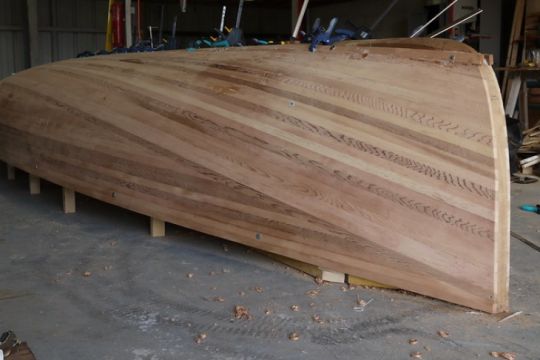

 /
/ 